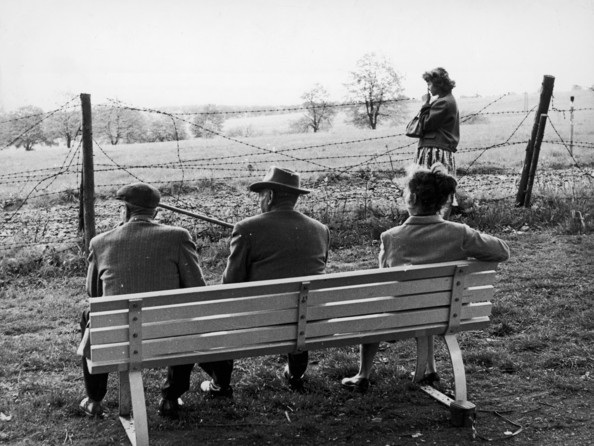

The USSR, however, derived influence from the expanding interests of Stalin. It is worth mentioning that the USA was better placed to contest for world supremacy because of the benefit of its thriving economy and efficient military command (Lightbody 367). The USA was considered an impractical system, while the communists thought that capitalism was a cause of economic and social problems in the world. The USA stood for capitalism, while Russia was for communism (Lightbody 367). The USSR and the USA battled for hegemonic supremacy. The battle of ideological and hegemonic dominance started between the United States and Russia following the fall of Germany and the devastation of the European countries. This worsened the relations between the USA and the USSR leading to the Cold War. Stalin was not comfortable with the communist practices in Eastern Europe, and, after World War II, he spearheaded communism in Western Europe, which was opposed by the United States, an advocator of capitalism. The Soviet Union’s extension of its influence in Western Europe after WWII was also a contributing factor to the East-West polarization. Russia, in its turn, was determined to hold the Americans through nuclear technology the Russians wanted to develop their nuclear bomb (Urwin 89), which sparked a rivalry between Russia and the United States resulting in the Cold War. To keep this position, they needed to counter the influence of Russia, their only threat and competitor.

The Americans explored other ways to remain the world superpower.

It has withdrawn the USA from World War II and ultimately led to the end of this war. The Nagasaki and Hiroshima bombings caused massive destruction of property and loss of lives (Urwin 69). Another important event that contributed to the rise of the Cold War was the surrender of Japan in World War II after the dropping of nuclear bombs on Japanese cities Nagasaki and Hiroshima in 1945.


 0 kommentar(er)
0 kommentar(er)
